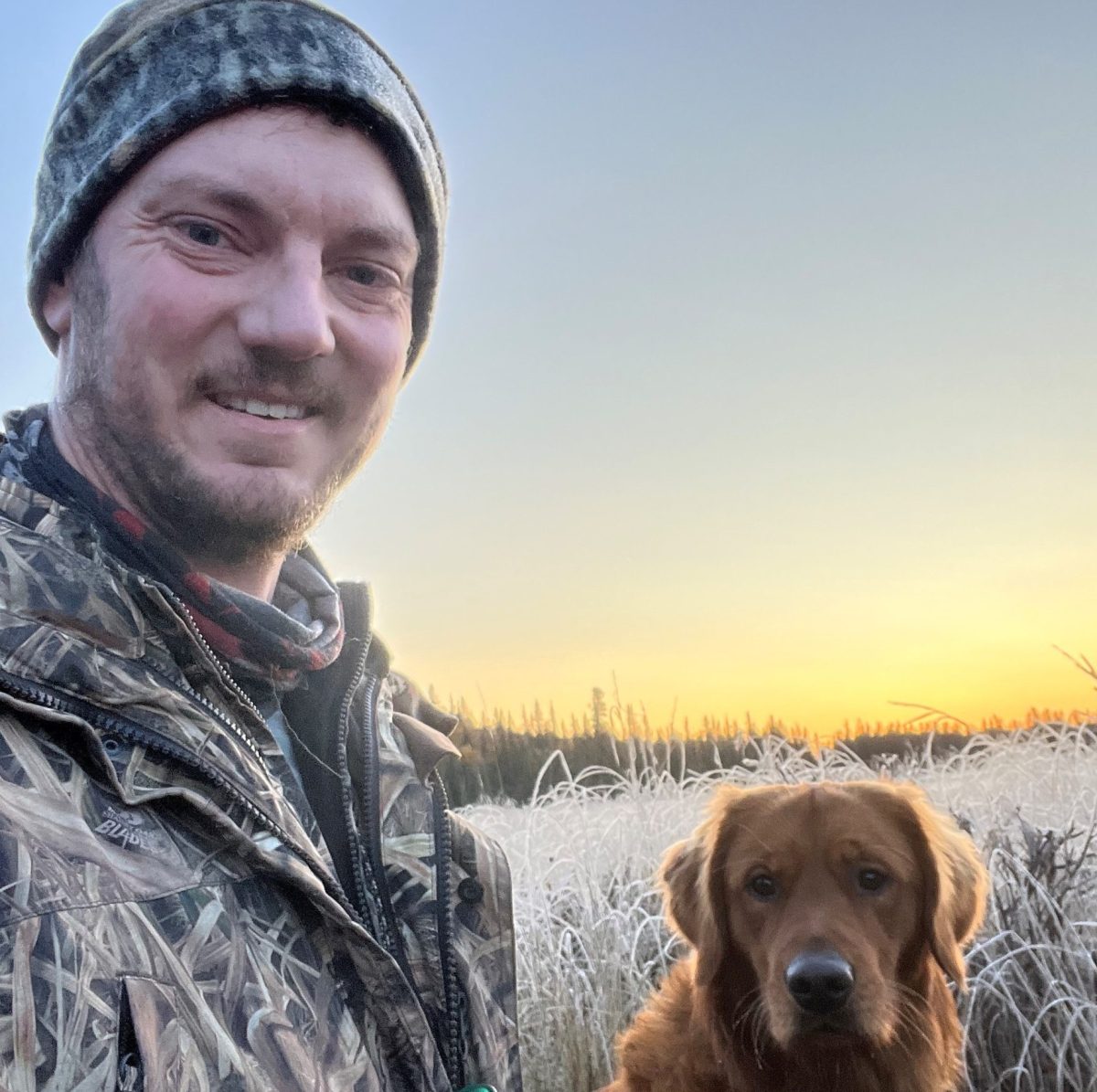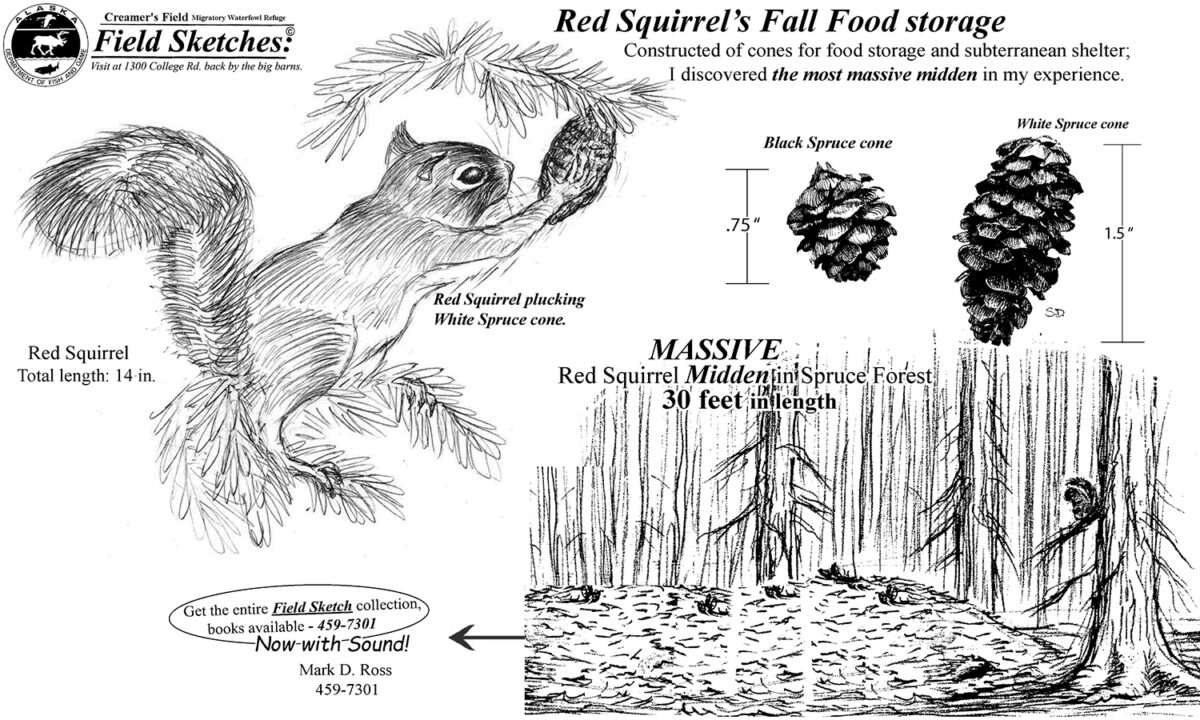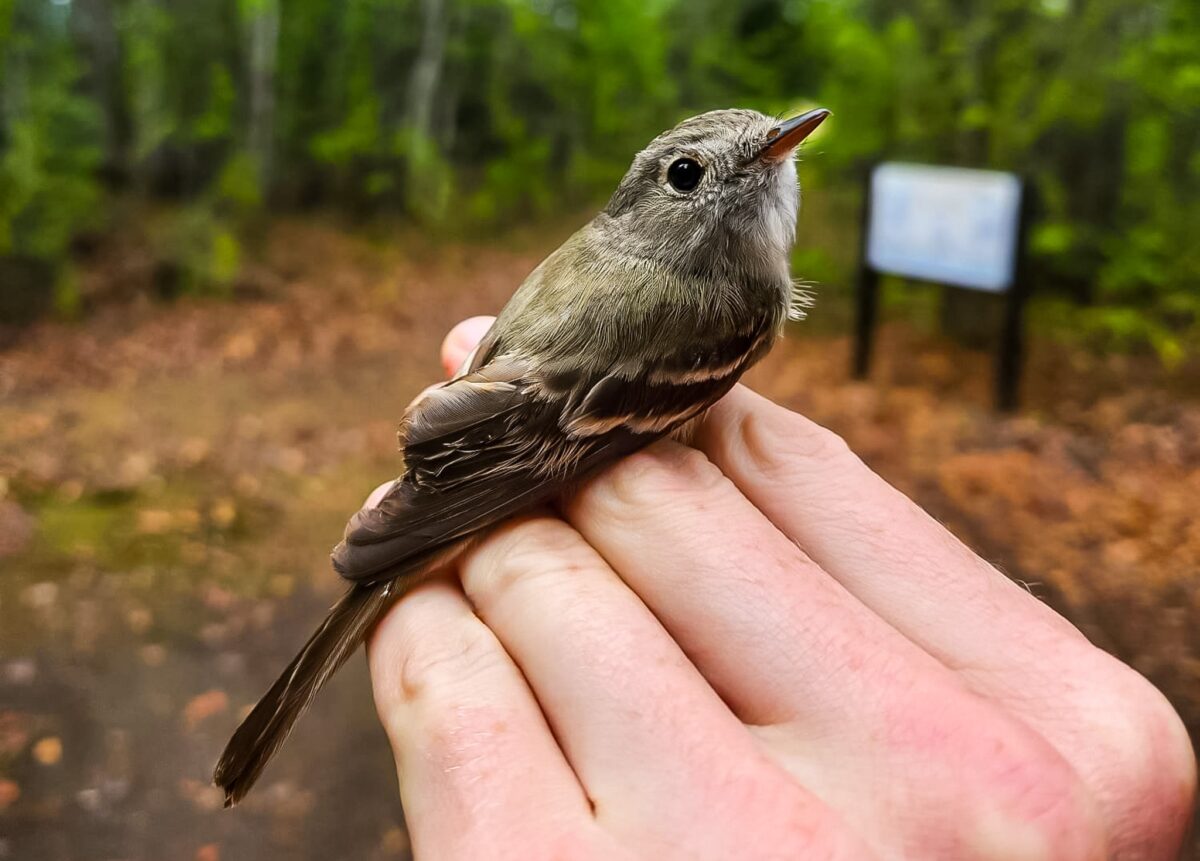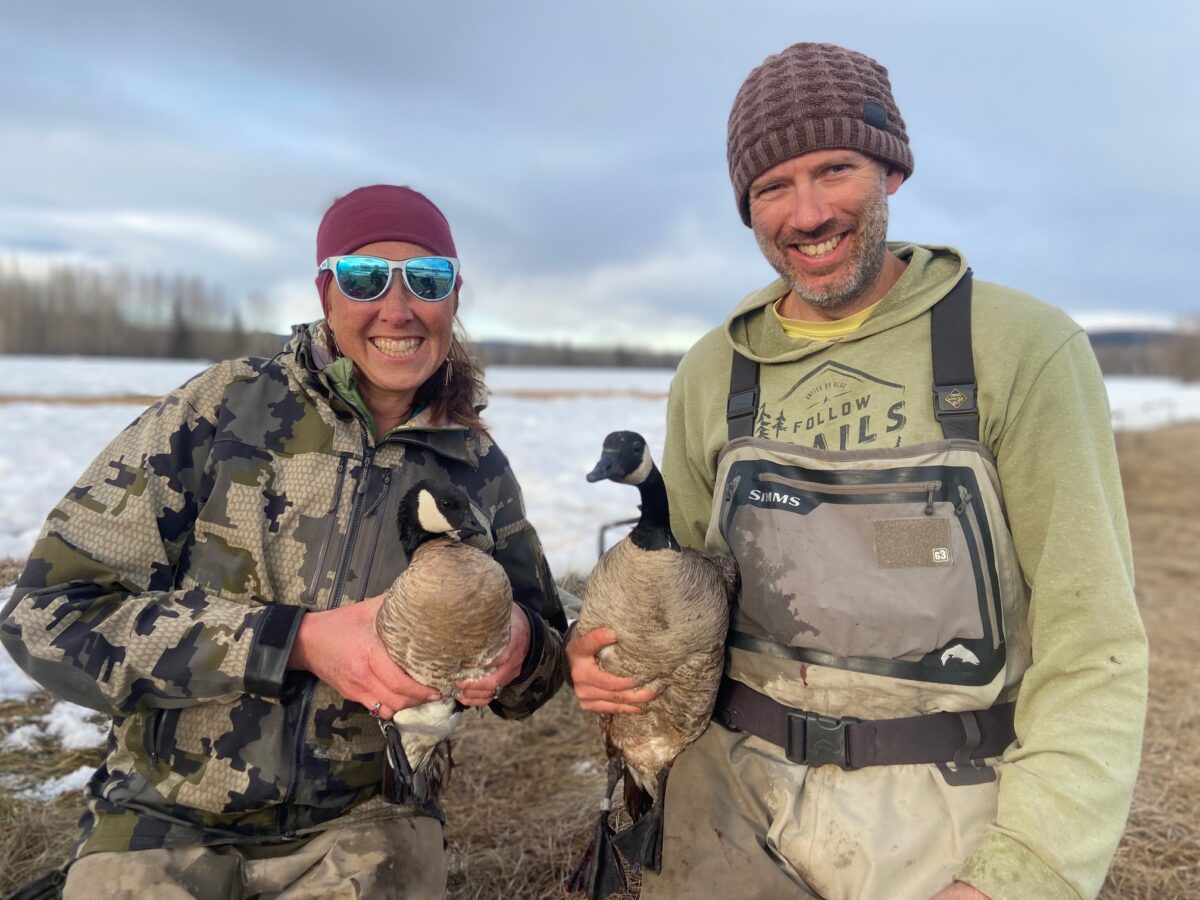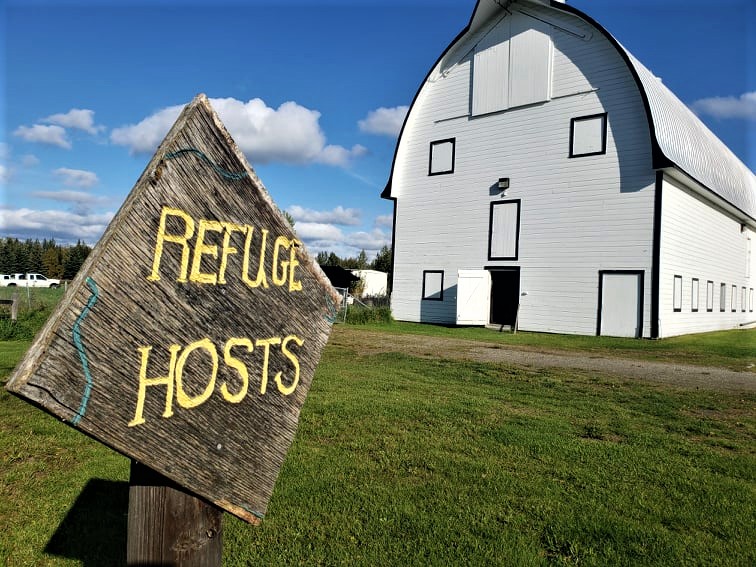In the transition from the cold winter to the warmer seasons, birds migrate to their summer grounds to find safe habitats to mate, give birth, raise young, escape predators, and to locate food. A majority of the nearly 470 bird species found here in Alaska are migratory and they travel here from all seven continents! Wildlife should never be approached in most situations. It is understandable to want to help wildlife that seems to be in trouble, but it is generally best to leave wild animals alone. Wildlife can get incredibly stressed by being handled by humans, the young and parents especially. Handling wildlife can even be detrimental to some species and impact their ability to thermoregulate or cause them to overheat. Some animals can even carry diseases that affect people and pets. It is quite common for birds and mammals to leave their young alone for short periods or to be nearby and out of your sight, and it …
Meet the ADF&G Refuge Manager: Clint Cooper
Clint Cooper began as the Refuge Manager of the Creamer’s Field Migratory Waterfowl Refuge for the Alaska Department of Fish and Game in December 2023! Originally from Texas, Clint was pursuing a B.S. degree in wildlife biology at West Texas A&M University when he landed his first summer gig in Alaska at Delta Junction. In May 2006 he loaded up his pickup, drove to Alaska, and spent the summer in the field learning the plants and surveying the vegetation of Interior Alaska. Clint was hooked on Alaska, and after finishing his degree at West Texas A&M University, he returned to Alaska and worked in wetlands, wildlife, and invasive species management. He started with ADF&G in 2017 as the manager of the Delta Junction Bison Range, where he worked on many habitat improvement projects to benefit wildlife. The purpose of the bison range is to perpetuate free-ranging bison by providing adequate winter range and to alter seasonal movements of bison to …
There is no Dog Poop Fairy at Creamer’s Field
With the melting of snow this breakup season, residents and visitors will start to see an influx of dog waste EVERYWHERE in Fairbanks! What’s with all the dog poop and bags? Does your walk routine with your furry best friend look similar to this? We’ve learned that there’s often no malice behind leaving poop bags on the ground. Many of us have our hands full while walking our pets, so we decide to leave the bags on the trail and grab them on our way back. And then, as we’re thinking about getting to work, hurrying home to make food, or picking up our kids…we forget to grab the poop bag! Over time, these lapses can have bad consequences for our natural spaces. Creamer’s Field Migratory Waterfowl Refuge is a unique gem to the Fairbanks area due to its diverse habitats and abundant seasonal wildlife. Creamer’s Field is a state wildlife refuge managed by the Alaska Department of Fish and …
Creamer’s Sounds and Sights: Massive Midden
Listen to ADF&G Wildlife Biologist and environmental educator Mark D. Ross talk about various wildlife and habitats here at Creamer’s Field.
Seeking Songbirds: Spring Bird Banding at the Creamer’s Field Migration Station
For decades, the site of the former dairy and current Creamer’s Field Migratory Waterfowl Refuge has been distinguishable by the grand white barns, expansive open fields, white pillars of birch trees on the wetland, plentiful wildlife, and miles of trails. Amid the various habitats and wildlife, the refuge is best known by birdwatchers, photographers, and researchers for its abundance of birds. The refuge hosts resident and migratory birds of all types including waterfowl, shorebirds, Sandhill Cranes, seabirds, birds of prey, and songbirds. Songbirds at Creamer’s Field are notable for the vast amount of data they’ve provided to scientists over the decades at the research station based here. To find it, visitors must venture to the west side of the refuge. Along the Seasonal Wetland Trail, nestled back in the boreal forest at the center of numerous converging footpaths, is the northernmost continually operated songbird banding station in North America: The Creamer’s Field Migration Station (below). The Creamer’s Field Migration Station …
Waterfowl Research at the Refuge: Spring Migration
By Michael Guttery and Tasha DiMarzio, Alaska Department of Fish and Game Waterfowl Program Over the last few months, the Alaska Department of Fish and Game (ADF&G) Statewide Waterfowl Program staff have been developing a research project focusing on white-cheeked geese. According to the National Audubon Society, the white-cheeked geese of North America were long considered a variable species of Canada Geese. It was not until 2004 that four of the smallest forms (Richardson’s, Aleutian, Taverner’s, and Minima) were recognized as their own distinct species known as Cackling Geese. The seven species of Canada Geese are the Atlantic, Interior, Giant, Moffitt’s, Dusky, Vancouver, and Lesser. In this research project, ADF&G is focusing on Lesser Canada Geese (Branta canadensis parvipes) and Taverner’s Cackling Geese (B. hutchinsii taverneri). These two species of geese are common in Alaska, though relatively little is known about them. In the late 1990’s, a University of Alaska Fairbanks graduate student, Dr. Michael Eichholz, conducted research aimed at mapping …
Refuge Hosts at Creamer’s Field
Throughout the year, Creamer’s Field Migratory Waterfowl Refuge hosts many resident and migratory birds, mammals, insects, students, scientists, and visitors. On a visit to the refuge, you might have passed the “Refuge Host” sign by the large dairy barn and probably asked: why would this refuge need a host? The farmhouse was renovated in the 1990s to serve as a visitor’s center for the refuge. To ensure that the Farmhouse Visitor’s Center was fully staffed to accommodate visitors, the Refuge Hosting program was set up in 1998. Refuge Hosts serve as volunteers for the Division of Wildlife Conservation of the Alaska Department of Fish and Game. The summer season lasts from May 15 – September 15 and that period is split into three duty periods. Throughout their duty period, volunteering Refuge Hosts stay on site at the RV hook-up area. They provide essential services at and around the 12-acre historic buildings area. Refuge hosts staff the visitor’s center on the …


